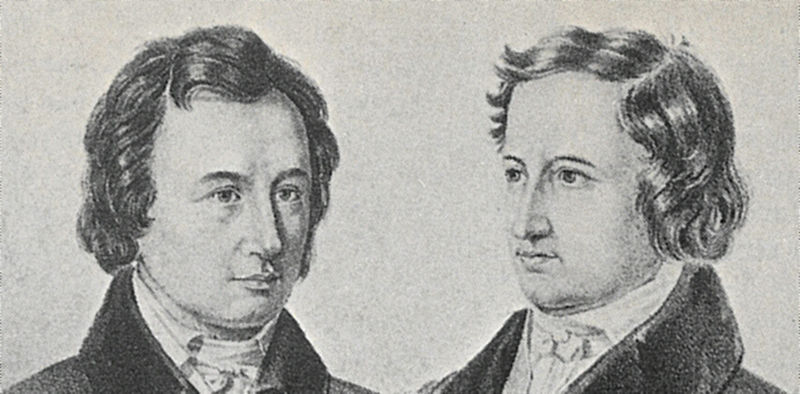
Word of the Day: Idiosyncrasy
Paul Schleifer, SWU Professor
February 24 2018
Word of the Day: idiosyncrasy
The first definition of idiosyncrasy that one finds in the dictionary is usually “a tendency, type of behaviour, mannerism, etc, of a specific person; quirk.” One will also find “the composite physical or psychological make-up of a specific person” or “an abnormal reaction of an individual to specific foods, drugs, or other agents.”
The words comes to us from Greek, through Latin and then French, and its original sense was medical: according to etymonline.com, its first meaning in English was “’physical constitution of an individual;’ mental sense “peculiar mixture” of the elements in one person that makes up his character and personality first attested 1660s. In modern use, loosely, one’s whims, habits, fads, or tastes.” The Greek components are idio, meaning “one’s own”; syn meaning “together”; and krasis meaning “mixture.”
The adjective form is, of course, idiosyncratic. I like to tell my students that English professors are idiosyncratic about their choices of material to read. For instance, I love teaching the Romantic poets, except for Blake and Shelley. I know people who love Blake and others who love Shelley. But not me.
Today is the birthday of Wilhelm Karl Grimm (1786-1859), the lesser known of the two Grimm brothers. Grimm and his brother Jacok Ludgwig Karl Grimm (1785-1863) were philologists and folklorists who compiled German fairy tales by gathering them from various oral sources—family, friends, servants, et al. They first published their Kinder- und Hausmärchen (Children’s and Household Tales, but generally known as Grimms’ Fairy Tales) in 1812. They continued to work on the tales, especially Wilhelm, publishing several editions over the course of 40-odd years, some with scholarly footnotes and some without.
The Grimms also published the Deutsches Wörterbuch, a comprehensive German dictionary (the English equivalent is the Oxford English Dictionary, or OED), though it was incomplete when they published it in 1854. They thought it would take them seven to ten years to complete and comprise 6 or 7 volumes, but after 16 years of work, they published what they had. German scholars continued to work on the Deutsches Wörterbuch until its completion in 1961, over a hundred years after the Grimms first published it. According to Grimm scholar Jack Zipes, it is appropriate that the last word they examined was Frucht (fruit: Zipes, Jack (1988). The Brothers Grimm: From Enchanted Forests to the Modern World (1st ed.). Routledge).
In addition, the Grimm brothers were part of what is today known as the Göttingen Seven, a group of seven faculty members at the University of Göttingen who protested against Ernest Augustus, the King of Hanover, who planned to change the constitution ratified by Ernest Augustus’s brother. All seven members of the group were fired from their posts, and the Grimms spent 1838-39 depending upon the assistance of friends. Finally, in 1840, after appeals by some of their friends to Frederick William IV of Prussia, the two brothers were given positions at the University of Berlin, where they lived and worked the rest of their lives. Jacob Grimm became a recluse after Wilhelm’s death in 1859, of an infection, and then died in 1863.
Wilhelm and Jacob lived together their entire lives even though Wilhelm got married in 1839 to a pharmacist’s daughter, Henriette Dorothea Wild, affectionately known as Dortchen. Wilhelm and Dortchen had four children, three boys and a girl. Three of them lived into adulthood, but the first child, named Jacob, lived less than a year.
Perhaps having two Jacobs in the same household was too much for any family.
While it is not totally out of the ordinary for two brothers to work together during their adult lives, one usually thinks of a family business rather than seeing such a relationship in academia. And while it is not unheard of for brothers to work together, the fact that the Grimm brothers lived together their entire lives, even after one was married, is, I would venture to guess, unique.
One might even call it an idiosyncrasy.
The image is a copy of a lithograph by Eduard Ritmüller, 1837/38. Wilhelm is on the viewer’s right.